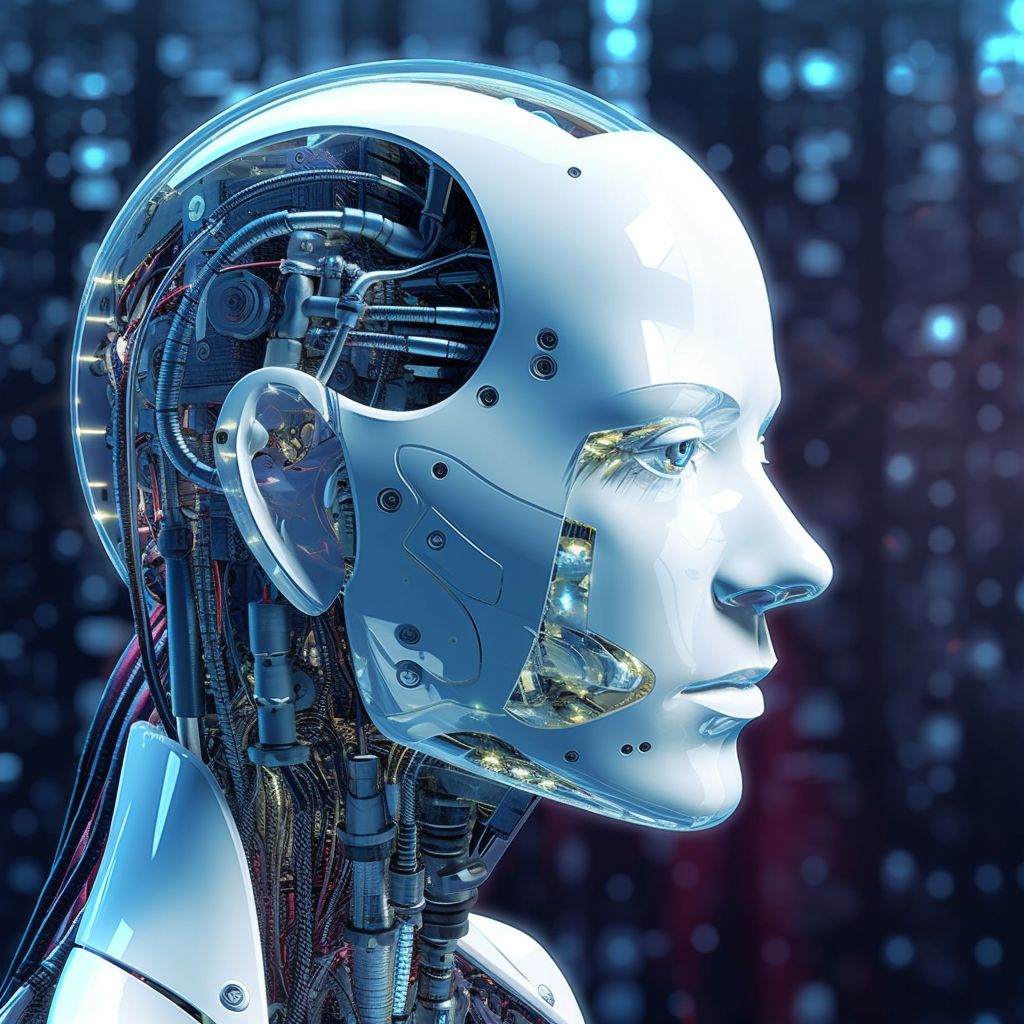Artificial intelligence (AI) is becoming increasingly sophisticated, and AI models are being used to perform a wide variety of tasks. However, a recent study by Ilia Shumailov, a PhD student at the University of Cambridge, and Ross Anderson, a professor of security engineering at the University of Oxford, and colleagues has found that AI models can start to “collapse” over time, becoming less accurate and more repetitive. This problem is known as “model collapse,” and it can be a serious problem for AI models that are used to generate text or translate languages.
What is Model Collapse?
Model collapse occurs when an AI model is trained on a dataset that includes a lot of AI-generated content. This content can be biased or inaccurate, and it can cause the model to learn the wrong things. As a result, the model starts to produce more and more repetitive content. It also becomes less accurate, as it is no longer able to distinguish between accurate and inaccurate information.
How Does Model Collapse Happen?
Model collapse can happen for a number of reasons. One reason is that AI models are often trained on datasets that are not carefully curated. This means that the datasets can contain a lot of inaccurate or biased information. Another reason is that AI models are often trained using a technique called “reinforcement learning.” Reinforcement learning involves rewarding the model for producing certain outputs. However, if the model is rewarded for producing inaccurate or repetitive outputs, it can start to learn to produce these outputs more frequently.

The Consequences and How to Prevent
Model collapse can have a number of negative consequences. One consequence is that it can lead to the production of inaccurate or misleading content. This can be a problem for AI models that are used to generate text or translate languages. For example, an AI model that is used to translate news articles could start to produce translations that are inaccurate or misleading.
Another consequence of model collapse is that it can make it difficult to improve the performance of AI models. This is because the models are no longer able to learn from new information. As a result, they may become stuck in a loop of producing inaccurate or repetitive outputs.
There are a number of ways to prevent model collapse. One way is to train the models on a dataset that includes a mix of human-generated and AI-generated content. This will help the models to learn the difference between accurate and inaccurate information.
Another way to prevent model collapse is to use a technique called “data augmentation.” Data augmentation involves artificially creating new data from existing data. This can help to prevent the models from becoming too reliant on a single dataset.
Finally, it is important to carefully monitor the performance of AI models. If the models start to produce inaccurate or repetitive outputs, it is important to take steps to correct the problem.




